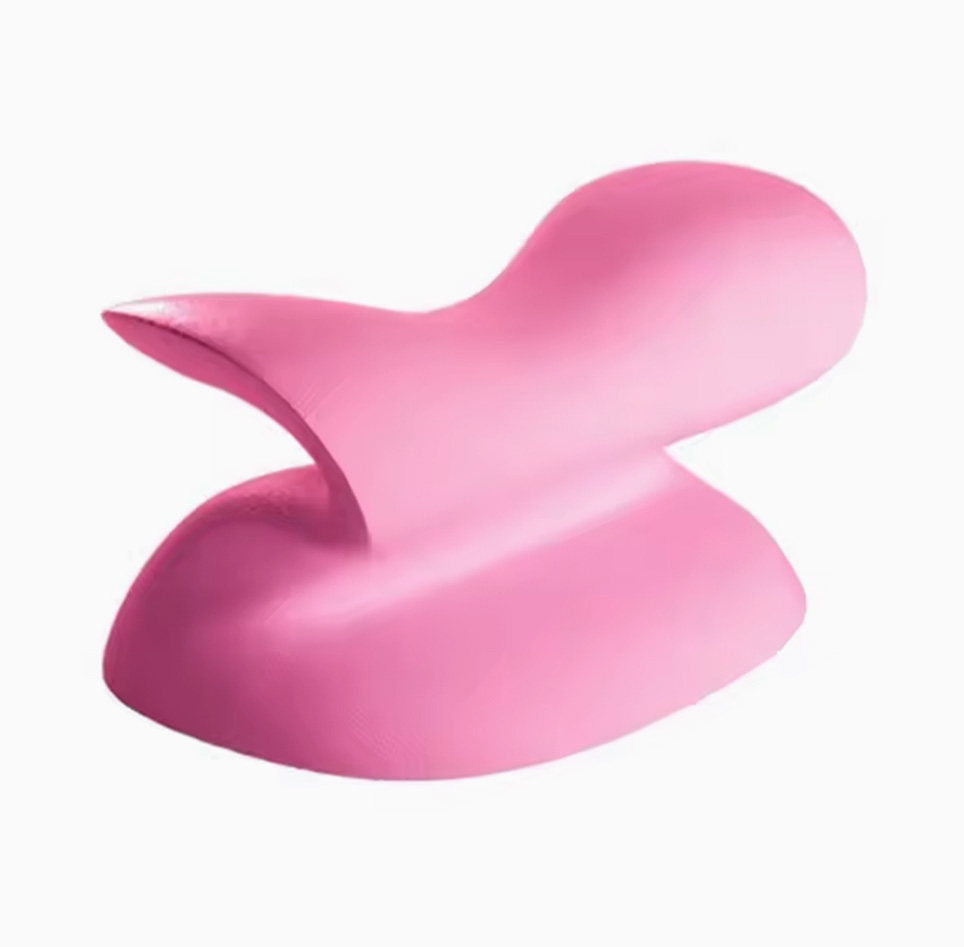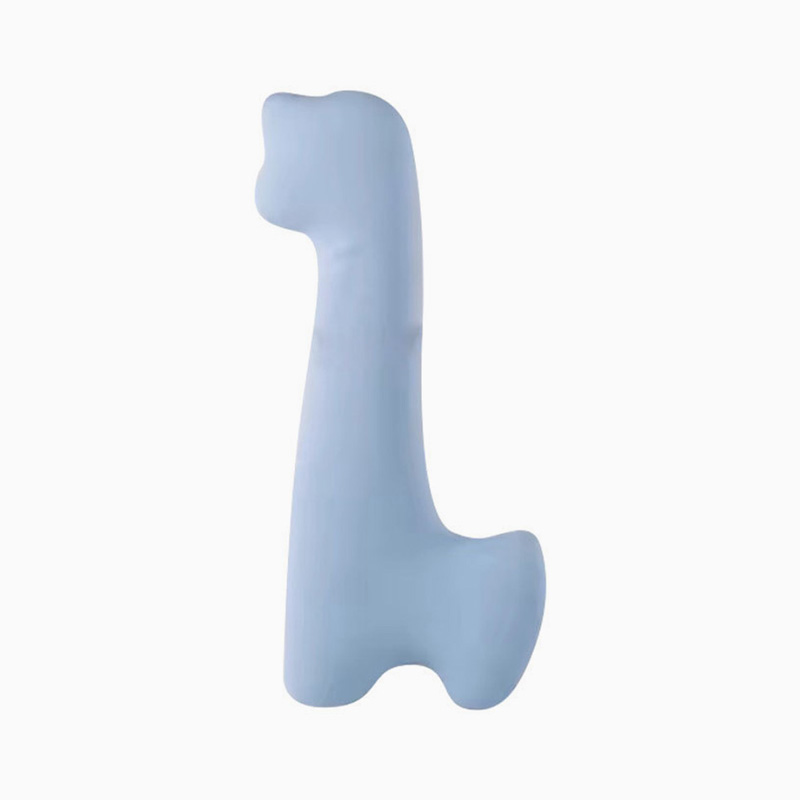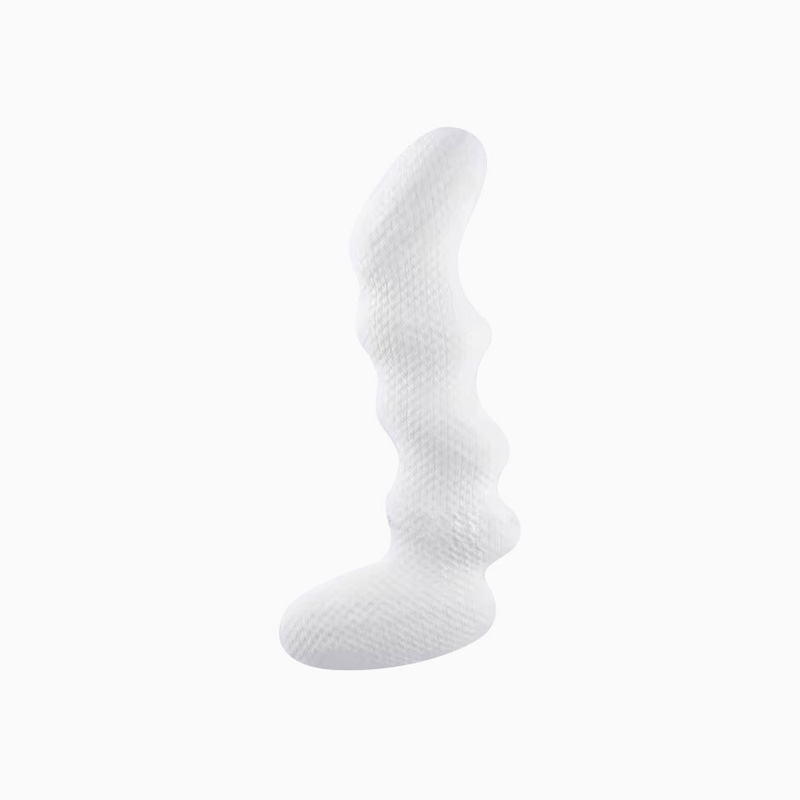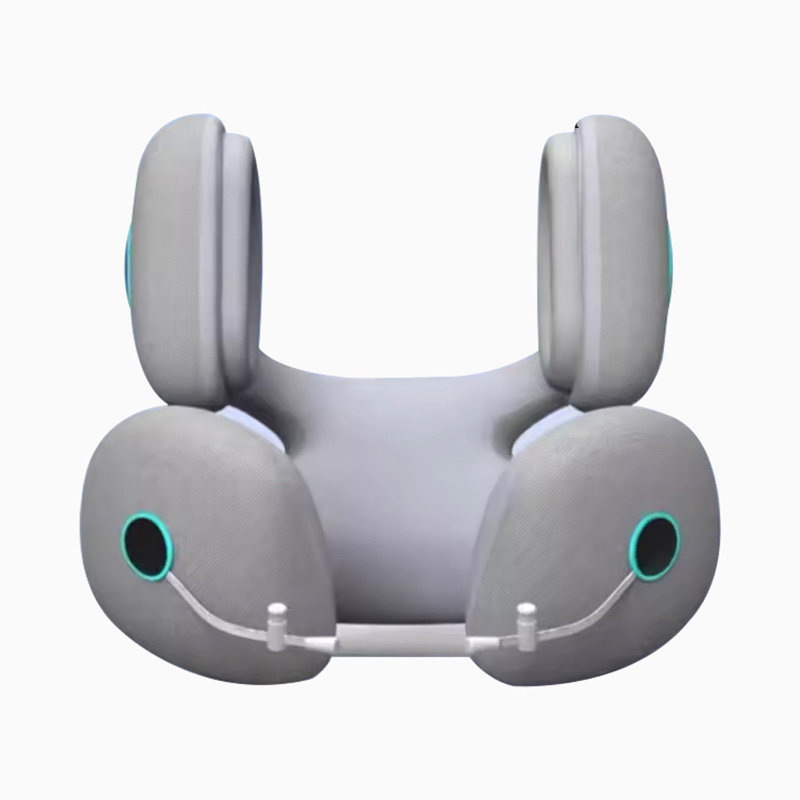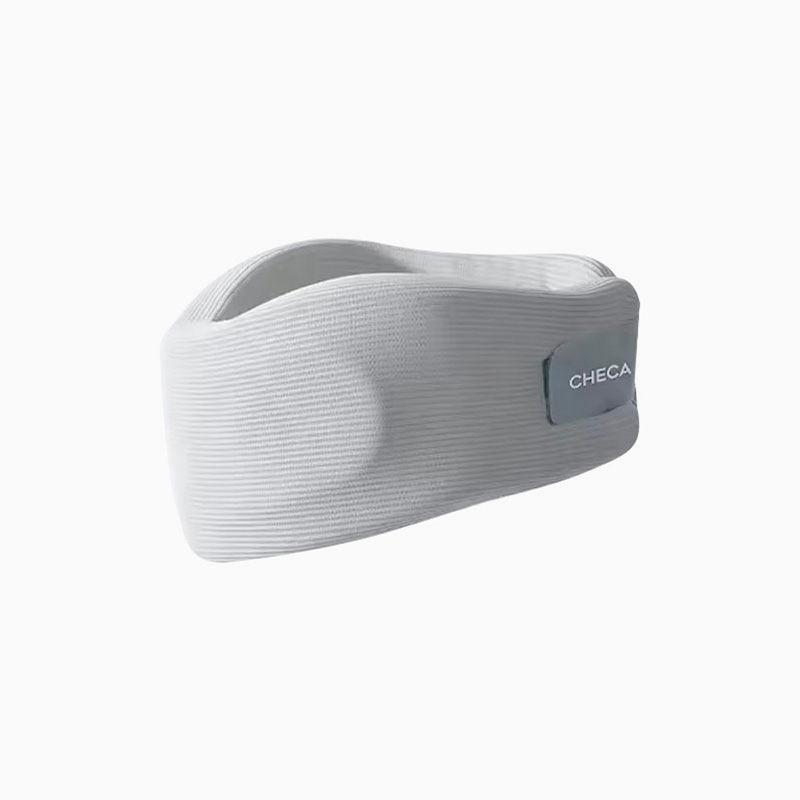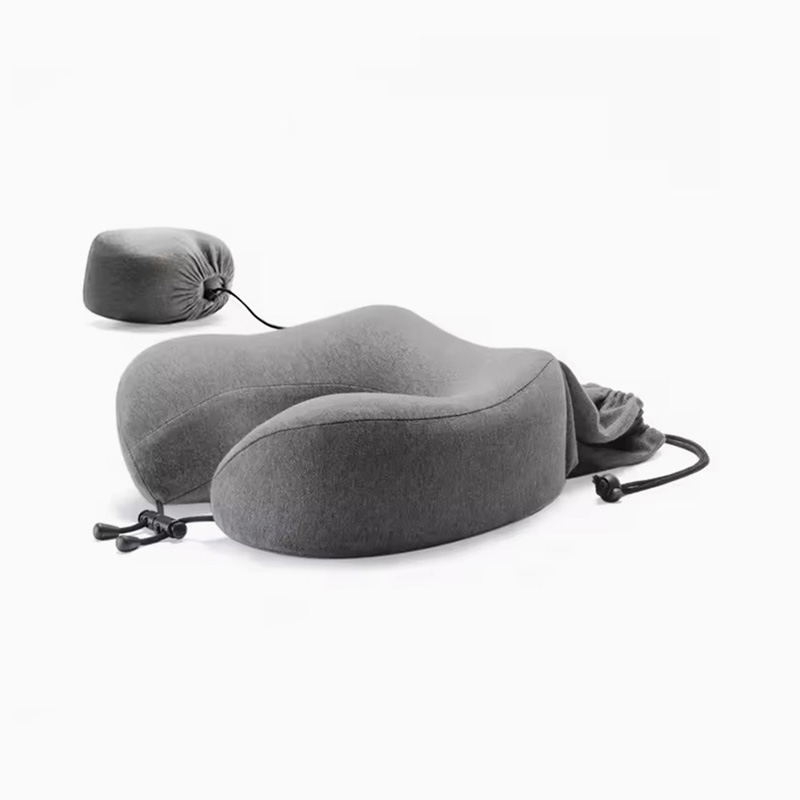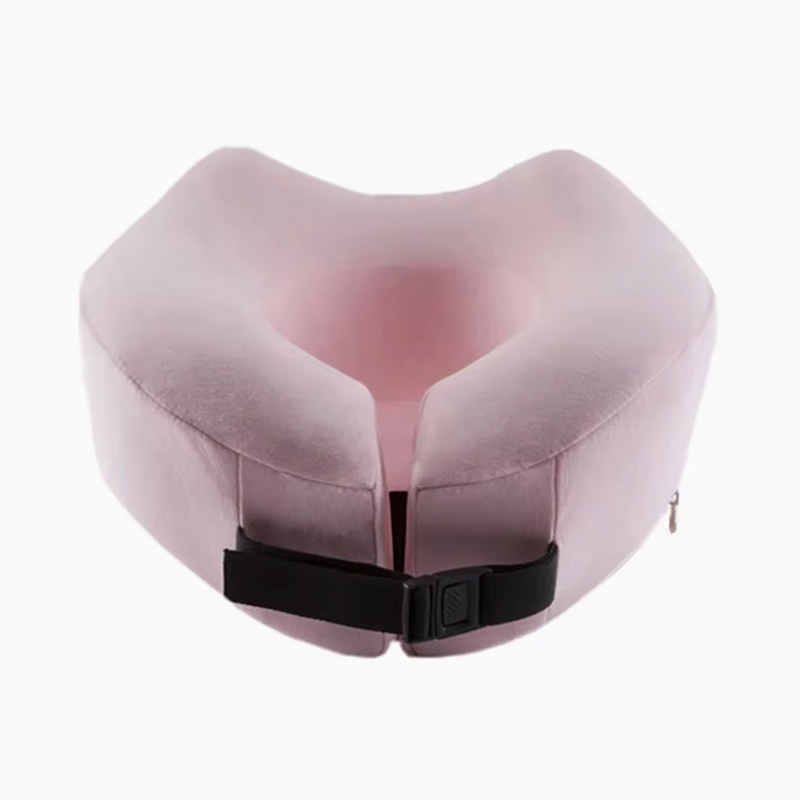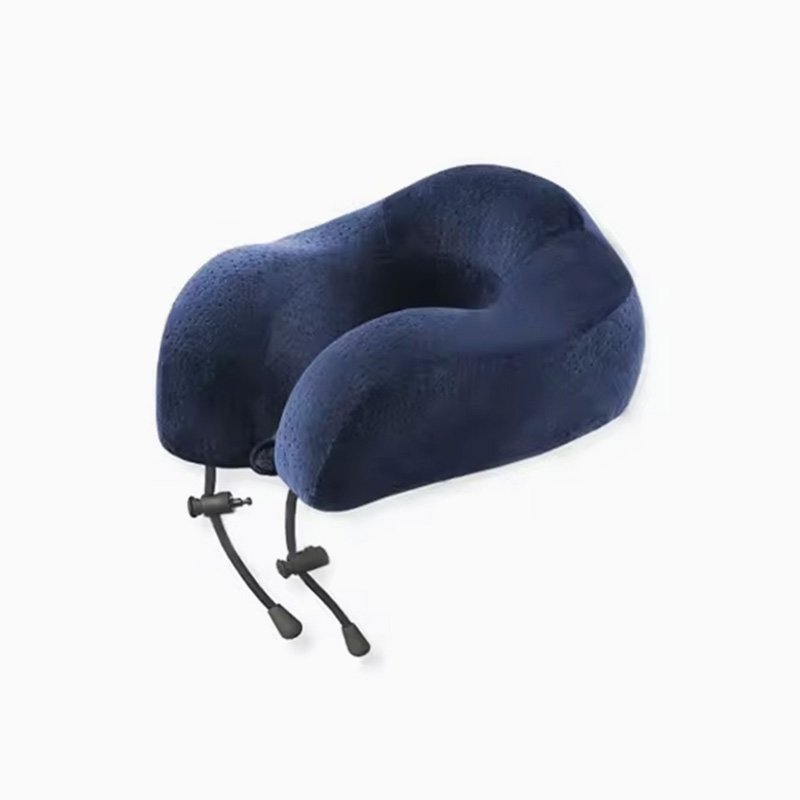What are the problems with insufficient breathability of memory foam lumbar cushion
Memory foam lumbar cushion is a sitting auxiliary support product made of slow-rebound polyurethane foam (Memory Foam), which is often used to relieve waist discomfort caused by long-term sitting. Its core advantage is that the material has pressure sensing and body temperature sensing functions, which can shape and fit the lumbar curve under the action of human weight and heat, thereby achieving partial pressure support. However, in terms of material performance, memory foam generally has the problem of insufficient breathability, which may have a series of adverse effects on user experience, health and safety, and product life.
Breathability definition and memory foam material characteristics
Breathability is an important indicator to measure the ability of air and water vapor to pass through a material per unit time. The closed-cell structure design adopted by memory foam forms fine and unconnected bubbles between the foam molecular chains. Although this structure has good support and cushioning properties, it limits air circulation and moisture exchange. Compared with natural latex, sponge or 3D mesh materials, traditional memory foam has poor breathability, which is usually manifested as heat accumulation, sweat is not easy to volatilize, and contact surface is wet.
Core issues that may be caused by insufficient breathability
Causing heat accumulation and stuffiness
Memory foam has low thermal conductivity and cannot actively dissipate heat without an effective ventilation structure. The heat and water vapor generated by the human body will be retained between the foam surface and the human body contact area, causing local temperature rise and a stuffy feeling. Especially in hot seasons or in environments with insufficient air conditioning conditions, this stuffy experience will be significantly aggravated, reducing the user's comfort and even affecting the continuous use time.
Increase the risk of skin allergies and infections
Memory foam with poor breathability is prone to moisture accumulation and sweat retention, and the moist contact surface provides favorable conditions for the reproduction of bacteria, mites and fungi. Long-term use of such products, especially in people with sensitive skin, may cause skin problems such as contact dermatitis, prickly heat, itching, redness and swelling, and even bacterial infection. For users with underlying skin diseases or low immunity, the risk is higher.
Reduced product support stability
In a humid environment, the internal structure of memory foam may absorb water vapor and soften, and the pores may deform, resulting in a decrease in rebound performance, which in turn affects the overall support strength and deformation recovery ability of the product. Microscopic humidity changes caused by insufficient air permeability will cause "fatigue aging" of materials during long-term use, accelerating product deformation, collapse or loss of elastic support.
Odor and health hazards
The hot and humid environment provides conditions for the reproduction of microorganisms, which will cause mildew, odor, sweat odor and other phenomena on the surface or inside of the foam material. Some low-quality materials may release volatile organic compounds (VOCs), such as formaldehyde, benzene and other harmful substances in a closed and humid environment, aggravating indoor air pollution. This not only affects the user experience, but may also cause health risks.
Difficult cleaning and maintenance
Because the memory foam is tightly sealed inside and water vapor is not easy to discharge, the drying cycle after cleaning is long, and it is easy to form mold spots, resulting in structural deterioration. Poor air permeability makes daily maintenance more difficult. Even if the outer layer is removable and washable, it is difficult to ensure the hygienic state of the inner core. Some products form stains or mildew after repeated use, which is difficult to clean and shortens the service life.
Affects a wide range of users
The negative impact of insufficient air permeability is particularly obvious for specific groups of people. Drivers, programmers, designers and other sedentary people who come into contact with the lumbar cushion for a long time are prone to waist sweating and local skin discomfort. Pregnant women, people recovering from surgery and the elderly are more sensitive to temperature changes and skin environment, and products with poor breathability may bring greater health risks.

 English
English عربى
عربى previous post
previous post



